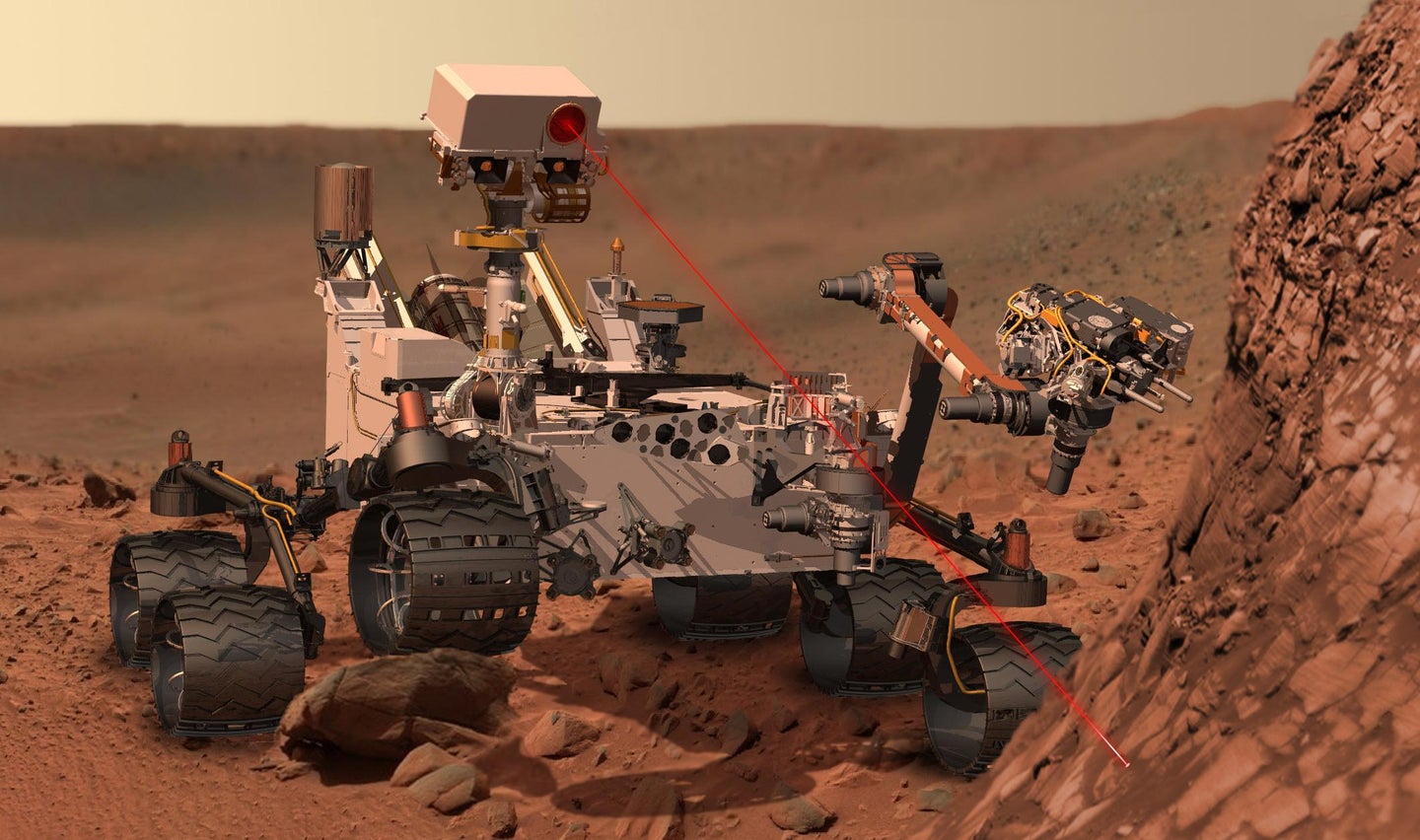3D-Print A Model of NASA’s Curiosity Rover For Your Desk
Explore strange new workspaces

If you always wanted your very own Curiosity Rover, but couldn’t afford the $2.5 billion to build and launch your own, don’t worry: NASA has your back.
NASA recently released the plans to 3D-print your own mini Mars rover. It may not be able to fire lasers, send back amazing science and pictures, but it will look really cute on your desk.

Curiosity Plans
The British Museum, the Metropolitan Museum of Art and the Smithsonian Institution have all made 3D models of artifacts from their collections available for printing. The National Institutes of Health is even in on the game, with biosciences-related models available for print.
But If you’re looking for more out-of-this world designs, check out NASA’s growing collection, which includes spacecraft classics like the Hubble Space Telescope and the Voyager probe, along with asteroids like Vesta, and of course, you can always print a wrench. Just like a real astronaut!